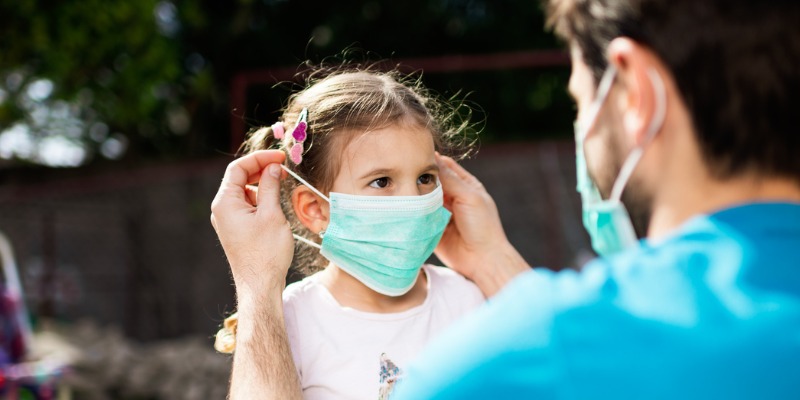COVID risk—we’re not ‘all in this together’

As Canadians gather for the holidays, chatter on social media suggests that people remain unsure how to minimize the risk of COVID-19 and prevent transmission to loved ones. But before we reach for the masks and hand sanitizer, reapply footprints on the floors and polish our plexiglass barriers—and especially before governments reach for blanket policies such as school closures and assembly restrictions—let’s ask if what we did the first time made sense in light of what we now know about the actual risks posed by COVID-19.
Simply put, government policies to manage the virus were not particularly reasonable nor responsive to the highly differentiated risks of COVID-19, and disregarded what was known about the dubious utility of most proposed policies.
Why? Mainly because policymakers often viewed COVID-19 as a uniform threat to a population at uniform risk, when in fact it was not. Arguments that “we didn’t know” these things at the time are, by the way, non-starters. The physical characteristics, mode of transmission, infectivity, transmissivity and severity of COVID-19 risks were pretty well understood by late-spring 2020. And the ineffectiveness of our most iconic (and controversial) measure—donning masks—was known to be useless for stopping viral exposure for more than a decade before the pandemic.
So what did we know about the differentiated risks of COVID-19 and what does that imply about what we should and should not have done?
First, the risk of exposure/infection should have been understood as uniform among populations, as basic biology predicts that any airborne virus will be well-distributed among the global population before it’s widely detected or measured. Stopping the spread was a non-viable concept from the start.
The risk of severe illness (thus, hospitalization) stratified sharply by age. If you were older than the standard reference population of 18-29 year olds, you were more likely to be hospitalized. But you were only twice as likely to need hospital if you were under 50. If you were 50-64, you were at three times the risk; if you were 64-74, five times the risk; if you were 75-84, the risk was eight times, and if you were over 84, the risk was 15-fold. If you were over 84, your risk of death was 340 times that of the reference group.
Simply put, the older a person was, the higher the risk of hospitalization. Again, this was eminently predictable from prior knowledge of age-related frailty and from experience with respiratory viruses that affect humans.
Looking back, our biggest mistake, socially and governmentally, was in treating the risks of COVID-19 as if they affected everyone in society equally. The group-mentality responses (lockdowns, closures, etc.) were wildly inappropriate given the actual stratified individual nature of risks. However, those inappropriate measures caused massive economic damage, which will linger for years if not decades, to a population already fighting serious illness. And social harms that we’re still only beginning to understand.
So here are some thoughts going forward. First, let’s not make the same mistakes. Let’s accept that COVID-19 poses unique risks to individual people, heavily stratified by age, and that we’re not “all in this together” nor is this a group struggle where we attack each other for not following the crowd. COVID risk is a matter of individual risk management. Manage your risk rationally. If your risk is high, be more diligent about protecting your body’s resilience and general health. Stay home when you’re sick, minimize exposure opportunities by avoiding crowds, and get vaccinated if the pros and cons are right for you. COVID-19 risk is differentiated. Let’s treat it that way, this holiday season and beyond.
Author:
Subscribe to the Fraser Institute
Get the latest news from the Fraser Institute on the latest research studies, news and events.

